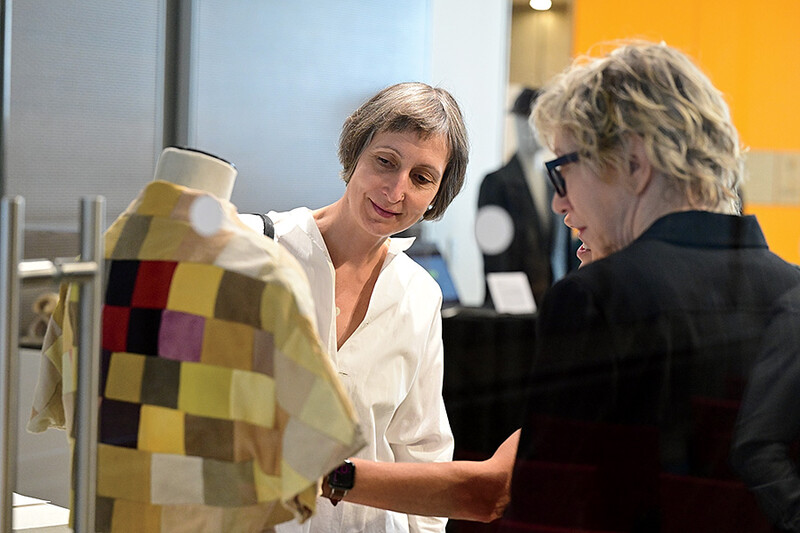When Virginia Kneeland Frantz graduated from the College of Physicians and Surgeons in 1922, she was one of five women in a class of seventy-four students. She finished second in that class before becoming the first woman to pursue a surgery internship at New York’s Presbyterian Hospital. Frantz went on to make important discoveries about the diagnosis and treatment of thyroid, breast, and pancreatic tumors, eventually becoming the first female president of the American Thyroid Association.
A lot has changed since Frantz made her mark as a surgical pathologist. Now, women earn 57 percent of all bachelor’s and 52 percent of all doctoral degrees. Yet women are still woefully underrepresented in academic leadership roles — an issue that was addressed this spring at a colloquium hosted by the Virginia Kneeland Frantz Society for Women Faculty, a P&S group committed to the advancement of women’s careers in science and medicine. The event, which drew a largely female audience of more than 250 faculty, administrators, and students, featured a panel of seven Columbia deans — all women — who gamely tackled the subject of “Women and Leadership in the 21st-Century University.”
At Columbia, women make up 51 percent of the student body and 42 percent of the faculty overall, but they account for just 26 percent of tenured professors. This discrepancy is even more pronounced in the sciences.
“The sheer lack of women in the field is a challenge,” said Mary Boyce, dean of the School of Engineering and Applied Science. “I don’t think it’s as purposeful as it was years before, but this notion of unconscious bias” — the idea that those in positions of power tend to instinctively view female job candidates as less qualified or capable — “is a barrier for women in science and engineering.”
The problem of bias is multilayered for minority women. “A primary challenge both as a researcher of color and as a dean is that my legitimacy is never assumed,” said Alondra Nelson, dean of social science, who, before joining the Columbia faculty in 2009, was the first Black female professor in Yale’s sociology department.
Jeanette Takamura, dean of the School of Social Work, shares her experience with minority students who come to her for advice. “I speak about this as a person who has been the ‘only’ — the only Asian-American, the only Asian-American female — in so many different contexts,” she said. “And I’ve learned through that process not to wait, not to be marginalized, but to make sure I get a seat at the table.”
Then there is the case of the School of Nursing, in which women make up nearly 90 percent of the student body. “Schools of nursing often face bias as a whole because we are predominantly women,” said dean Bobbie Berkowitz. “Our science is at times dismissed as lacking value, and our practice is often associated with labor rather than science.”
Still, there has been real progress in female leadership since Frantz retired from P&S in 1962. “I think there’s a consciousness now about getting over bias and looking for talented women,” said Merit Janow ’88LAW, dean of the School of International and Public Affairs.
Consciousness, however, does not always inspire confidence. According to research cited by Linda Fried, dean of the Mailman School of Public Health, senior women professors often eschew positions of leadership because they fear they are being set up to fail.
As Amale Andraos, dean of the Graduate School of Architecture, Planning, and Preservation, put it: “The more dangerous bias is the one that we internalize.”


